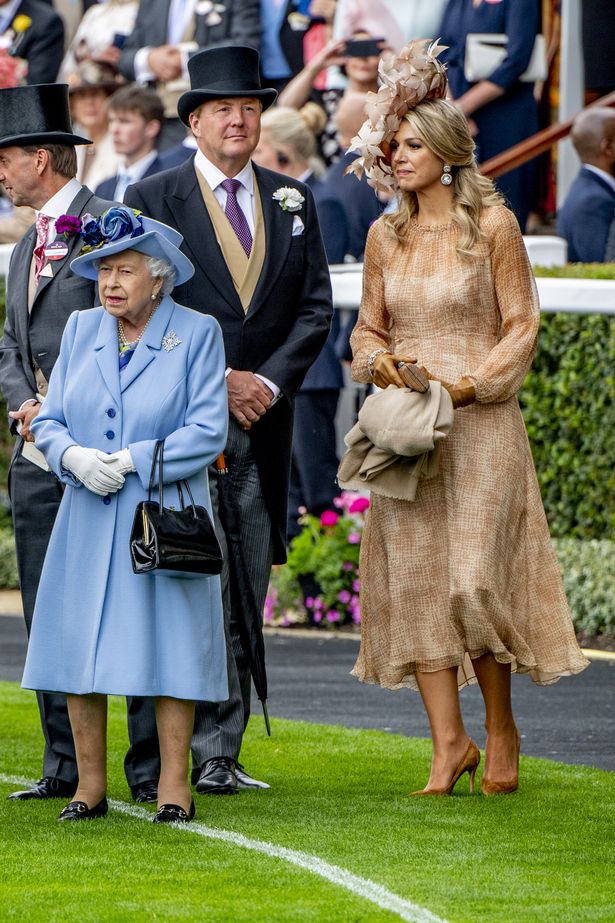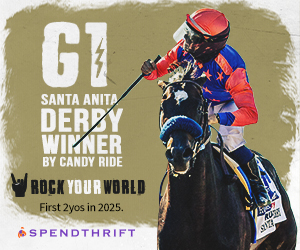
As British summer time and June roll around each year, more than 200 countries around the globe prepare to watch the crème de la crème of flat racing: Royal Ascot. Horses, staff, owners, and trainers from around the world travel to the county of Berkshire to compete in 36 races over five days, for coveted prize money and the status to have won at the Royal meeting.
A royal procession takes place each day before the races, with the crowds singing the National Anthem, waving flags. COVID-19 may mean that the racing must take place behind closed doors, but the atmosphere is still building for one of the greatest weeks in the summer racing calendar. 4-time legendary Gold Cup winner Yeats, to five-time Royal Ascot winner Frankel have graced the hallowed turf to go down in Horse Racing history.
Around just 6 miles away from Windsor Castle, where the Queen resides for most of her private weekends throughout the year, Ascot is very closely knit with the Royal Family in more ways than one.
Above: Her Royal Highness, Queen Elizabeth II with the Duchess of Cornwall, Camilla Parker Bowles at Royal Ascot in 2019. Image from Chris Jackson @ Getty Images.
Moments in time
More than 300 years ago in August of 1711, Queen Anne founded and opened Ascot racecourse, with its first ever race, ‘Her Majesty’s Plate’, offering up 100 guineas for any horse, more or gelding over 6 years of age. It took place over 3 separate heats, with each being around 4 miles long (the length of the Grand National at Aintree!).
The Gold Cup, won the past two years by the progeny of Sea The Stars and trained by John Gosden, Stradivarius, first took place in 1807 and is the oldest surviving race from the earlier Ascot days. 1783 saw a pivotal moment occur in racing history; jockeys had to start wearing the colours of the horses owners that they were riding, whereas beforehand they were allowed to dress as they wished.
Below: Persimmon after winning the Gold Cup in 1897 for Edward the Prince of Wales.
King Edward VII passed away in 1910; the races were conducted in the morning and everyone wore black to mourn his passing as he was a lover and supporter of racing. A year later, the third week in June officially became a ‘Royal Week’ in 1911. One of the pinnacles for those attending is to see the Royal procession, where a horse drawn carriage parades in front of the stands, attended year by the Queen.
Above: Racegoers dressed in black, mourning King Edward VII.
Above: The Royal Enclosure in 1905.
The multi-talented Brown Jack won his first Queen Alexandra Stakes for 6 an incredible consecutive year from 1929 to 1934 – the year before in 1928, he won the Champion Hurdle at Cheltenham over jumps!
1965 saw the first National Hunt (jumps) meeting held at the previously predominant flat track and still has these meetings held.
Into the 21st century, in 2009 – Yeats went down in history when he won his fourth consecutive Gold Cup, partnered with jockey Johnny Murtagh. More recently, in 2016, star Lady Aurelia won the Queen Mary Stakes and in the following year won the King’s Stand Stakes, making the Wesley Ward trained talent the first American horse to win twice here at Royal Ascot. It is notable that also in 2016, Tepin, also trained in America by Mark Casse, won the Queen Anne Stakes bringing up a double for the US.
Lester Piggott, outstanding jockey and horseman will be remembered eternally with a statue of him at the racecourse, having recorded a mind blowing 116 victories at Royal Ascot. There are nine statues situated at different racecourses across the country, which goes to show the immense impact he has had on the sport.
Gentleman Sir Henry Cecil, who sadly passed in 2013 at the age of 70, who trained worldwide sensation Frankel, who racked up 5 wins at Ascot, recorded the interview after the superstars 14th consecutive victory where he stated Frankel was ‘the best he’d ever seen’. It can be viewed here.
Throughout the years, Royal Ascot has involved into more than just a horse racing meeting; it is a chance for many to showcase fashion and style, with exuberant headwear, dresses, and for the men, smartly tailored suits and handsome top hats.
Above: Catherine (Kate Middleton), Duchess of Cambridge attending Royal Ascot.
Image source: Getty Images.
Above: The Royal Procession heading past the stands.
Ascot is one of the international race meetings that many around the globe wish to attend in their lifetime, and it is not difficult to see why; the decadence, high quality horses and all round atmosphere of Britain’s best.
The past holds many fond memories, so it is unimaginable what the future here will hold for some of the best horses in training, and also in the world.



